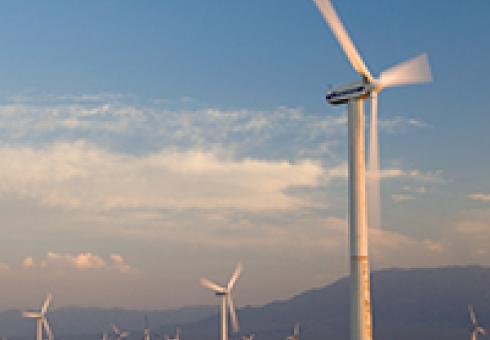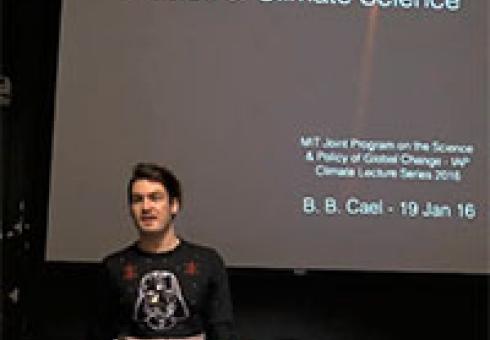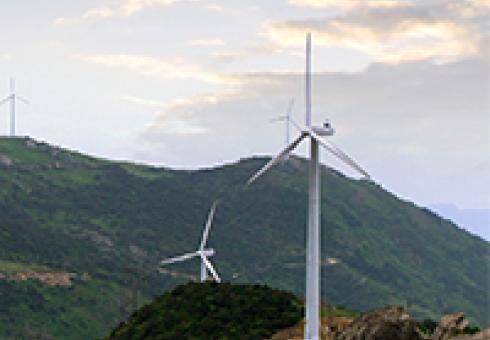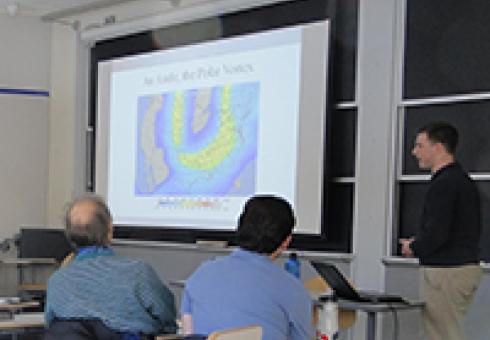Study: China could go big on wind power — if it adjusts its grid operations
China has an opportunity to massively increase its use of wind power — if it properly integrates wind into its existing power system, according to a newly published MIT study.









